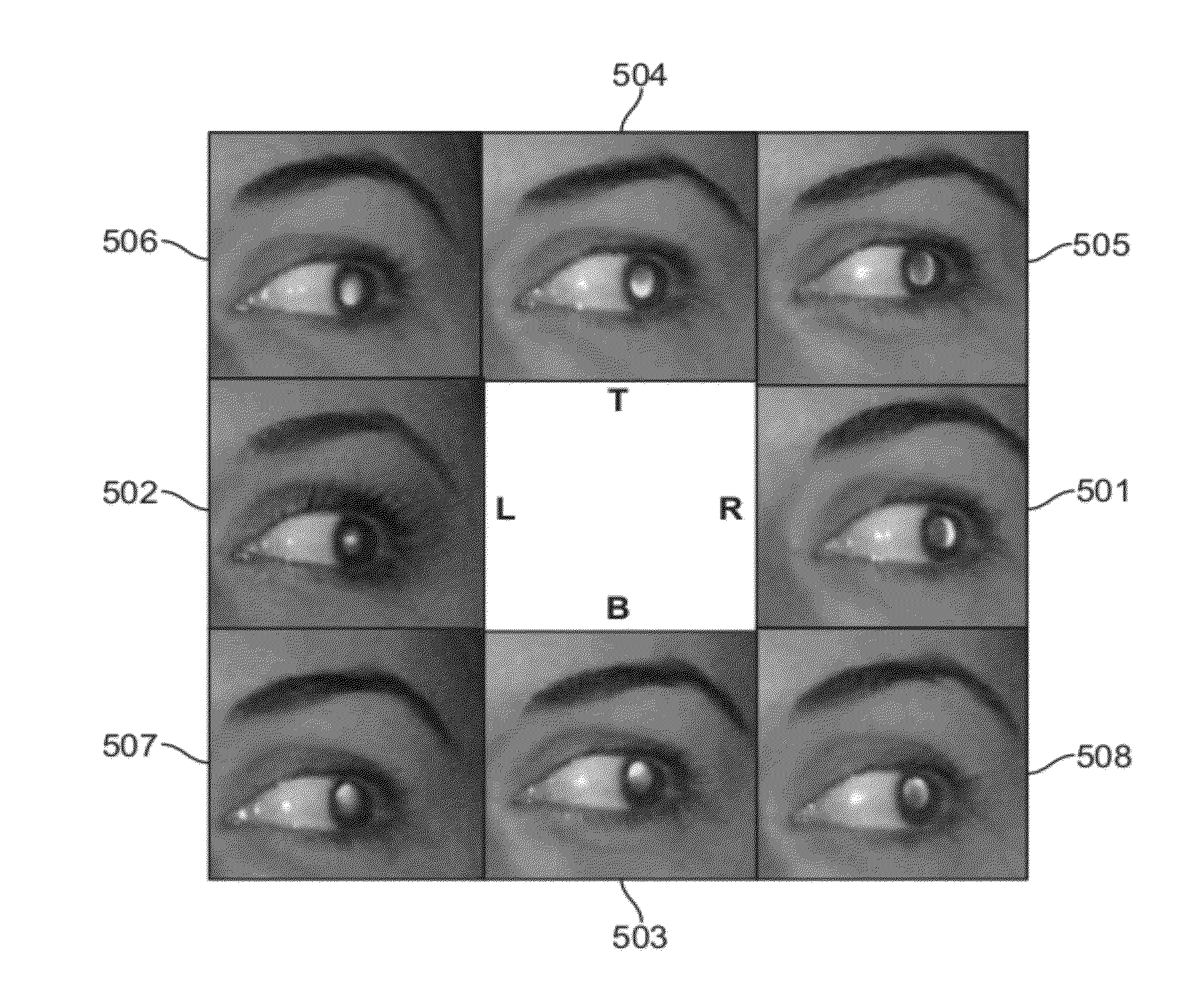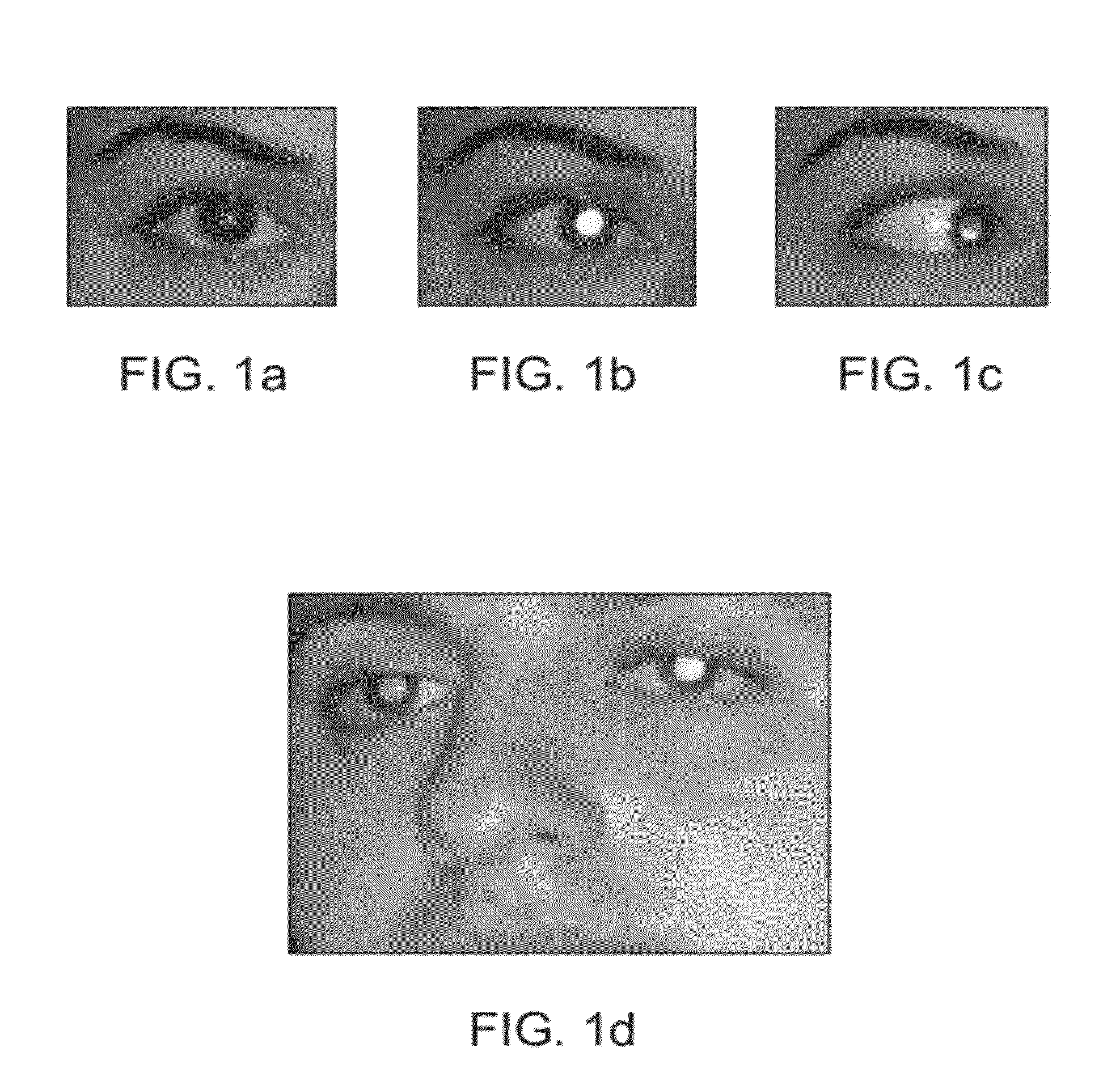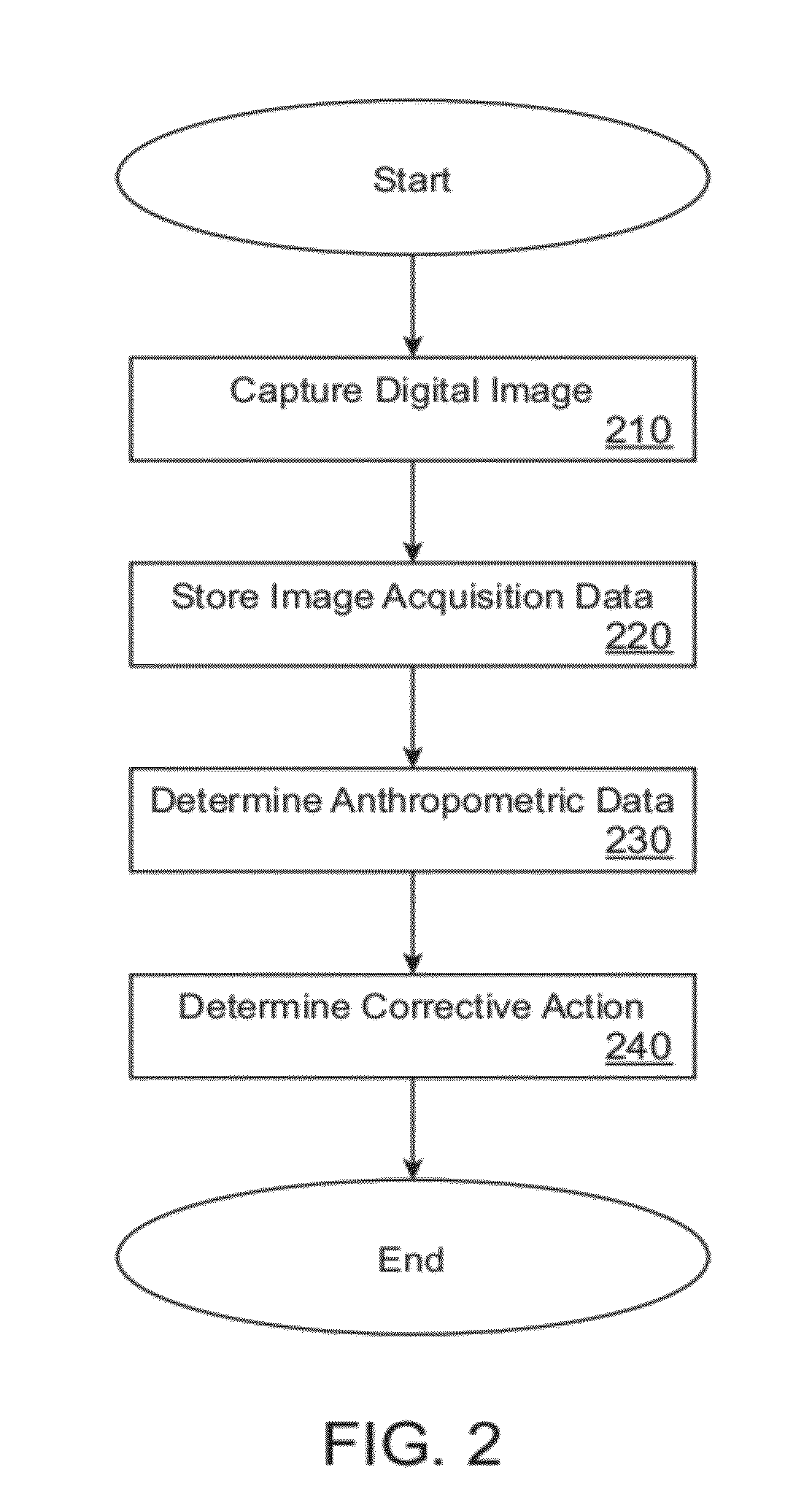Methods and Apparatuses for Using Image Acquisition Data to Detect and Correct Image Defects
a technology of image acquisition and image defects, applied in the field of digital image processing, can solve problems such as negative effects on images in other ways, undesired defects are well understood, and undesirable defects in captured images
- Summary
- Abstract
- Description
- Claims
- Application Information
AI Technical Summary
Benefits of technology
Problems solved by technology
Method used
Image
Examples
Embodiment Construction
[0019]In the following description, for the purposes of explanation, numerous specific details are set forth in order to provide a thorough understanding of the present invention. It will be apparent, however, that the present invention may be practiced without these specific details. In other instances, well-known structures and devices are shown in block diagram form in order to avoid unnecessarily obscuring the present invention.
Overview
[0020]FIGS. 1a-d show examples of common flash-induced eye defects that can occur in captured digital images. FIG. 1a shows a digital image where an eye is displaying the red-eye phenomenon. FIG. 1b shows a digital image where an eye is displaying golden-eye phenomenon. FIG. 1c shows a digital image where an eye is displaying a half-red eye phenomenon. FIG. 1d shows a digital image where one eye is displaying a red-eye phenomenon, and the other eye is displaying a golden-eye phenomenon. Aspects of the present invention relate to improving algorith...
PUM
 Login to View More
Login to View More Abstract
Description
Claims
Application Information
 Login to View More
Login to View More - R&D
- Intellectual Property
- Life Sciences
- Materials
- Tech Scout
- Unparalleled Data Quality
- Higher Quality Content
- 60% Fewer Hallucinations
Browse by: Latest US Patents, China's latest patents, Technical Efficacy Thesaurus, Application Domain, Technology Topic, Popular Technical Reports.
© 2025 PatSnap. All rights reserved.Legal|Privacy policy|Modern Slavery Act Transparency Statement|Sitemap|About US| Contact US: help@patsnap.com



